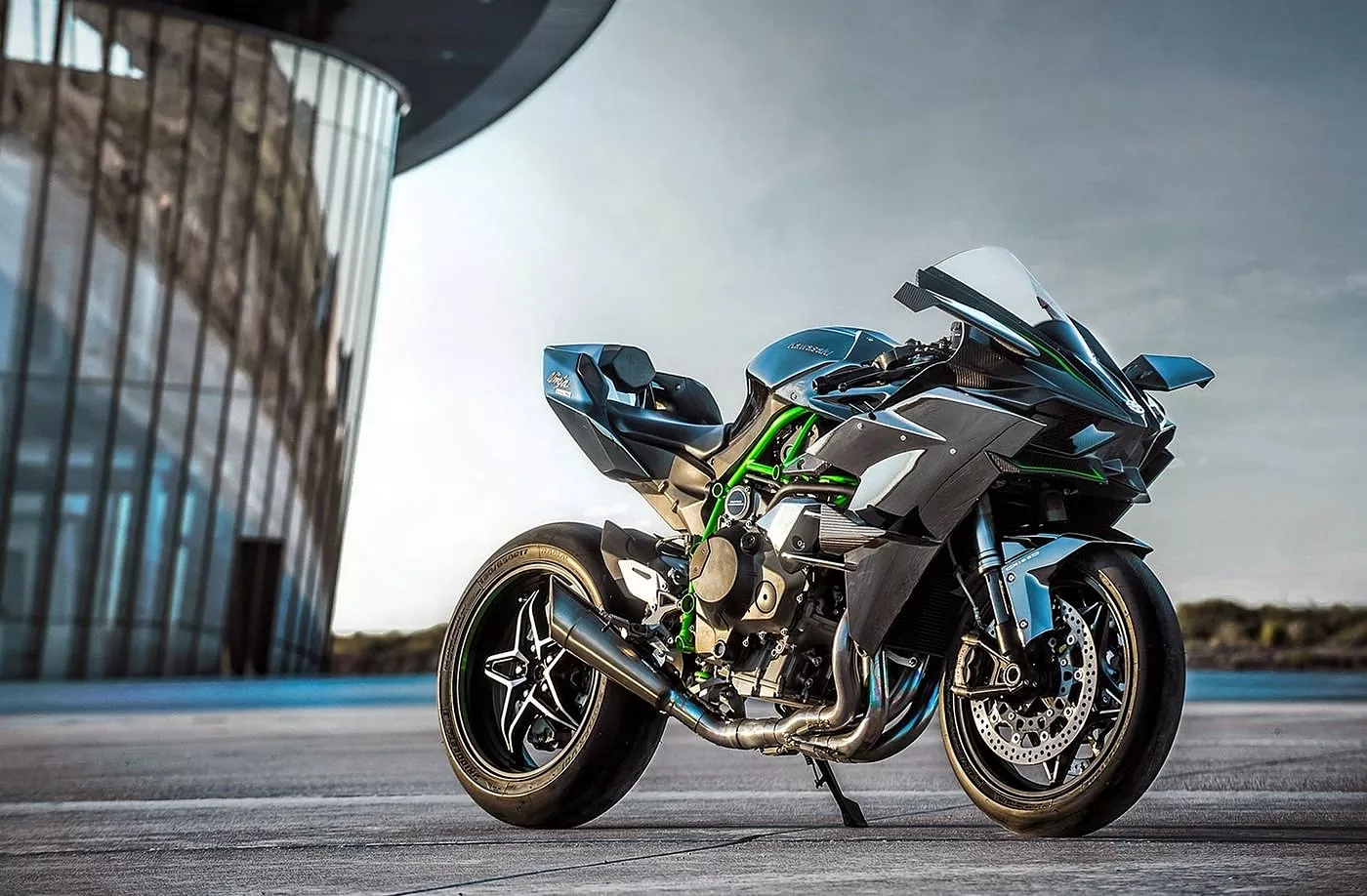Turbocharging Vs Supercharging Which is Best For Your Superbike?
Turbochargers take advantage of the heat and velocity energy from engine exhaust, using it to spin a turbine that pumps air directly into your engine’s cylinders. Unfortunately, doing this requires more shaft horsepower than necessary and may reduce overall power output.
Superchargers perform similar duties, yet depend on a complex network of pulleys and gears to operate; as a result they may cause lag, require larger engines, and contain additional parts which could break.
Power
No matter the method of power generation, turbos offer one important advantage: consistent boost. They do this by using exhaust gases to power a turbine that compresses air – using part of their output that would otherwise go to waste and giving constant boost without cost to the engine itself.
Superchargers on the other hand use belts or gears to spin a compressor that siphons some of the engine’s power for their operation, making them less efficient than turbos and necessitating more power consumption, thus decreasing fuel efficiency.
Mechanically driven superchargers may suffer from “boost lag”, as their air pump is connected directly to the crankshaft and thus constantly spinning; only when your right foot presses down on the accelerator does the supercharger start its transformation process and become truly effective, which is why many large muscle cars use such devices to provide instant throttle response.
Efficiency
These systems both compress more air into an engine to increase power production, but in different ways. Superchargers pull power directly from the crankshaft through belts or shafts; turbos get their energy from exhaust flow rushing by their turbine compressors.
Superchargers often produce higher peak horsepower; however, at lower engine speeds. This results in reduced fuel efficiency when driving at cruise speeds.
On the other hand, turbos operate with increased efficiency by recycling waste (exhaust) energy that would otherwise go straight out the exhaust pipe and into the atmosphere. This makes them more cost-effective at low engine speeds or when cruising at cruise speed; however they need time to “spool up” when under acceleration; this phenomenon is known as turbo lag.
Centrifugal superchargers on the other hand provide boost based on RPM, making for superior throttle response and power increase over the entire powerband when properly sized.
Fuel Economy
As the automotive industry transitions away from fuel-consuming large displacement naturally aspirated engines, turbocharging and supercharging offer alternative strategies to produce more power with less fuel consumption. Both methods work by “replacing” engine displacement with additional air intake allowing your engine to generate greater torque when pushed hard on the gas pedal.
Turbos are more energy efficient, using waste exhaust energy to spin their turbine and pump air into the engine instead of directly tapping crankshaft power (even top fuel dragsters use turbocharged blowers with over 900 crankshaft horsepower!). Superchargers draw power directly from crankshaft power sources which increases total engine load and diminishes efficiency.
Superchargers, on the other hand, provide instant boost without waiting for exhaust flow to build and spin their turbine. In addition, superchargers often produce more peak power at lower rpm than turbos; making them suitable for larger engines and vehicles that rely heavily on instant throttle response.
Maintenance
Turbochargers’ main downside is their need for engine power in order to spin their turbine, siphoning energy away and decreasing efficiency. On superbikes that demand instant throttle response and instantaneous power delivery, superchargers offer greater benefits.
Centrifugal superchargers deliver boost based on crank shaft RPM. Though these can sometimes have issues with low end response or poor idle behavior, overall they tend to be quite reliable.
Belt-, chain- or gear driven superchargers are more complex because they must pressurize the intake manifold beyond atmospheric pressure (1 atm or 14.7 p.s.i.a). A dump valve opens when the throttle plate closes to cause a pressure drop over the compressor which allows the turbo to freewheel and “eat up” any pressure pulse that might otherwise damage its components – thus creating extra boost when needed. A dump valve may be combined with a waste gate for added effectiveness and seamlessness in setup.


